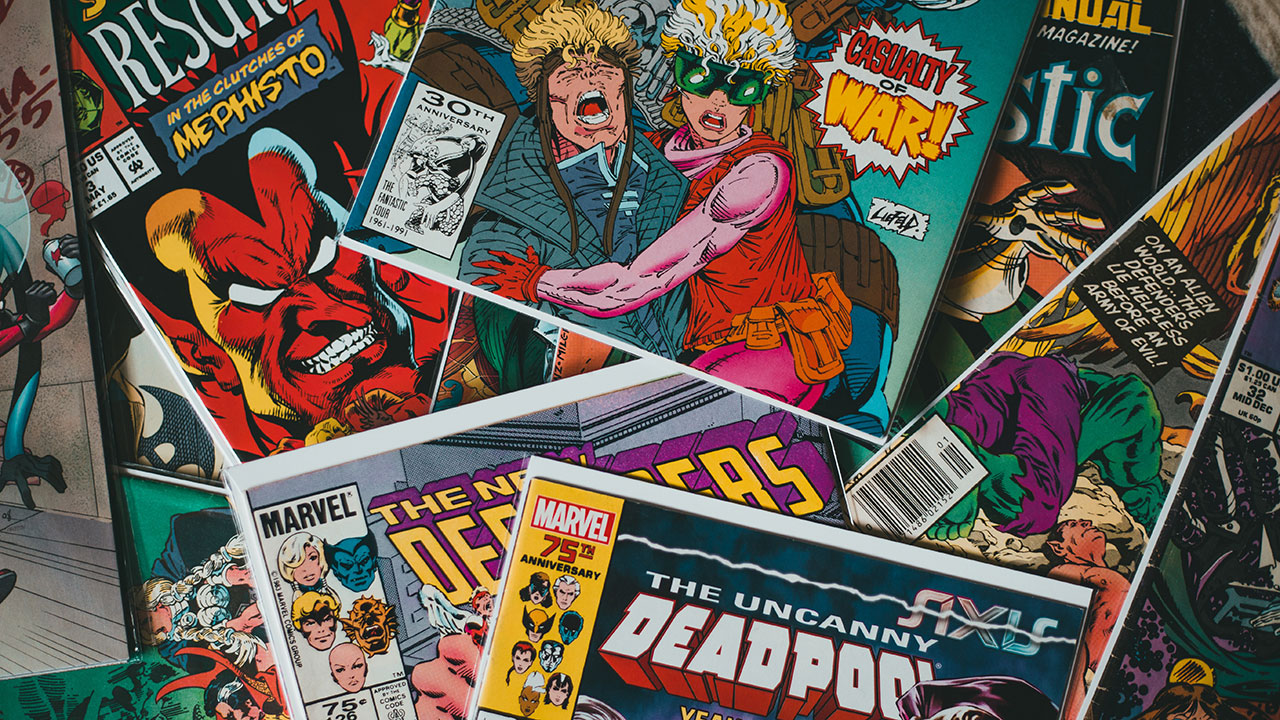
John Hawk Insunrated – Mastering Comic Book Creation requires a blend of imagination, skill, and dedication. Comic books have captured audiences for generations with vivid art and compelling stories. To succeed, creators must understand both visual storytelling and strong narrative structure. Each panel must drive the story forward and engage the reader’s emotions. Great comic books balance dialogue, pacing, and illustration seamlessly. With practice, you can craft a comic world readers will love. Let’s explore key tips to master this exciting art form.
Start by outlining the main plot before sketching any scenes. Strong story foundations guide the entire creative process smoothly. Create memorable characters that audiences can easily connect with emotionally. Give each character a clear motivation, backstory, and personal goal. Develop conflicts that challenge your characters and push the story forward. Additionally, use pacing carefully to maintain excitement throughout the comic. Plan important plot twists and emotional beats in advance. Good structure keeps readers eager to turn every page. Organize your ideas into clear chapters or story arcs.
“Read about: The Intricate World of Origami: Transforming Paper into Art”
Design characters with distinct personalities, styles, and voices. Memorable character traits are essential for reader connection and loyalty. Sketch multiple versions before finalizing a character’s design. Also, think about costume details and signature accessories. A strong visual identity helps make your characters instantly recognizable. Develop emotional depth by showing strengths, flaws, and growth over time. Even supporting characters deserve thoughtful designs and motivations. Blend personality and design to create unforgettable figures. Your audience should feel invested in every character’s journey.
World-building is crucial for immersive comic book storytelling. Describe the setting with enough detail to fuel the reader’s imagination. Think about geography, culture, technology, and history when building your world. Furthermore, consistency in your world’s rules and style is important. Draw background scenes that support and enrich the story visually. Add small environmental details to give your world authenticity. A believable world enhances the drama and emotional stakes. Readers must feel transported into your comic universe with every panel.
“Read more: How Group Travel Brings People Together: A Shared Adventure”
Visual storytelling is the heart of comic book creation. Focus on composition to guide the reader’s eyes naturally across each page. Use panels creatively to control the story’s pacing and energy. Large panels highlight important moments; smaller ones quicken the action. Facial expressions and body language must convey emotions effectively. Moreover, backgrounds and scenery can deepen mood and atmosphere subtly. Play with angles and perspectives for more dynamic scenes. Every visual choice should enhance the narrative’s emotional impact. Mastery of these techniques brings stories vividly to life.
Dialogue should complement the artwork, not overwhelm it. Keep conversations short, impactful, and natural-sounding. Place dialogue balloons thoughtfully to maintain panel flow and clarity. Remember, the art already carries a large part of the storytelling load. Use dialogue to reveal character thoughts, emotions, and key information. Avoid heavy exposition that slows the pacing unnecessarily. When needed, add narration boxes for extra depth without cluttering visuals. Striking the right balance improves both readability and emotional resonance.
Selecting proper tools helps improve both speed and quality of your comic. Experiment with traditional tools like pencils, inks, and markers. Alternatively, explore digital options like drawing tablets and illustration software. Find a medium that matches your artistic style and workflow. Digital tools allow for easy revisions and special effects enhancement. Traditional media can give your comic a unique, handcrafted feel. Keep practicing different techniques to refine your craft continually. Your tools should support, not hinder, your creative vision.
Consistency is crucial when creating a comic book series. Set realistic deadlines for writing, drawing, and revising your pages. Moreover, build a regular creative routine that fits your lifestyle. Stay inspired by reading other comics, studying art, and consuming good stories. Whenever motivation drops, revisit your initial passion for the project. Track your progress to celebrate milestones and accomplishments. Remind yourself that mastery takes time, patience, and resilience. Every finished page brings you closer to your storytelling goals.
John Hawk Insunrated - Many creators now adopt the anti perfection content workflow to publish quickly, learn fast, and grow…
John Hawk Insunrated - Many creators now adopt an anti perfectionist workflow guide to publish faster, learn from real feedback,…
John Hawk Insunrated - Artists, writers, and makers often underestimate how consistent creative practice daily reshapes their skills, confidence, and…
John Hawk Insunrated - Artists, workers, and students increasingly turn to creative practices for wellbeing to manage stress and protect…
John Hawk Insunrated - Many artists rely on personal sketchbook creative freedom to explore ideas safely without pressure or judgment.…
John Hawk Insunrated - Many professionals are experimenting with new skills to stay relevant, yet few truly analyze what works…